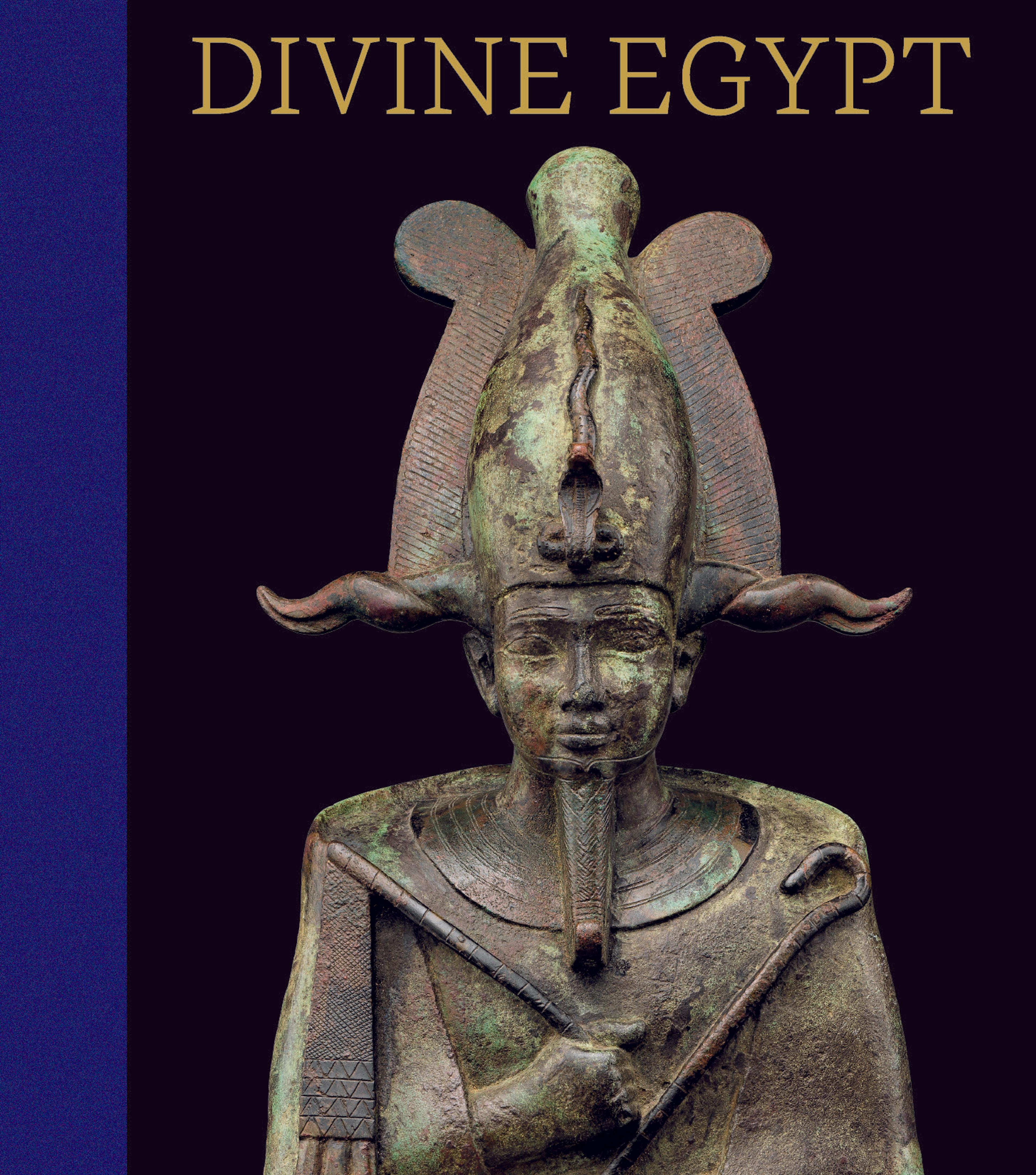Statue of Sakhmet, "Lady of the Mound-Above-Amun"
This lion-headed figure represents the goddess Sakhmet, whose name means "the powerful one." Sakhmet was goddess of war, violent storms, and pestilence. When she was appeased, her powers of destruction could be used to protect, and in this aspect she became a goddess of healing.
The inscription on the back of this statue names Sakhmet as mistress of an unknown locality.
The inscription on the back of this statue names Sakhmet as mistress of an unknown locality.
Artwork Details
- Title:Statue of Sakhmet, "Lady of the Mound-Above-Amun"
- Period:New Kingdom
- Dynasty:Dynasty 18
- Reign:reign of Amenhotep III
- Date:ca. 1390–1352 BCE
- Geography:From Egypt; Possibly from Upper Egypt, Thebes, Karnak
- Medium:Granodiorite
- Dimensions:H. 176 × W. 45.7 × D. 94 cm, 861.8 kg (69 5/16 × 18 × 37 in., 1900 lb.)
- Credit Line:Gift of Henry Walters, 1915
- Object Number:15.8.1
- Curatorial Department: Egyptian Art
More Artwork
Research Resources
The Met provides unparalleled resources for research and welcomes an international community of students and scholars. The Met's Open Access API is where creators and researchers can connect to the The Met collection. Open Access data and public domain images are available for unrestricted commercial and noncommercial use without permission or fee.
To request images under copyright and other restrictions, please use this Image Request form.
Feedback
We continue to research and examine historical and cultural context for objects in The Met collection. If you have comments or questions about this object record, please contact us using the form below. The Museum looks forward to receiving your comments.
